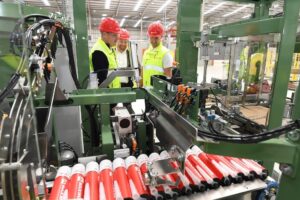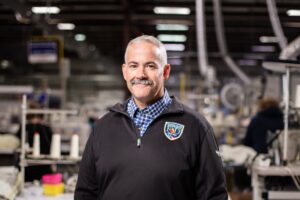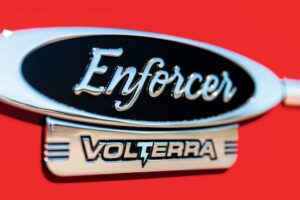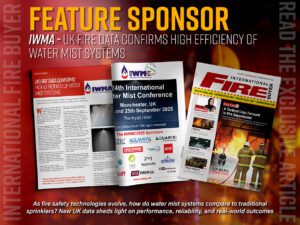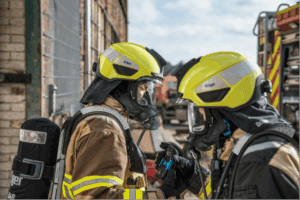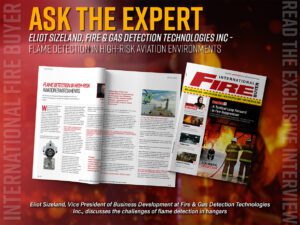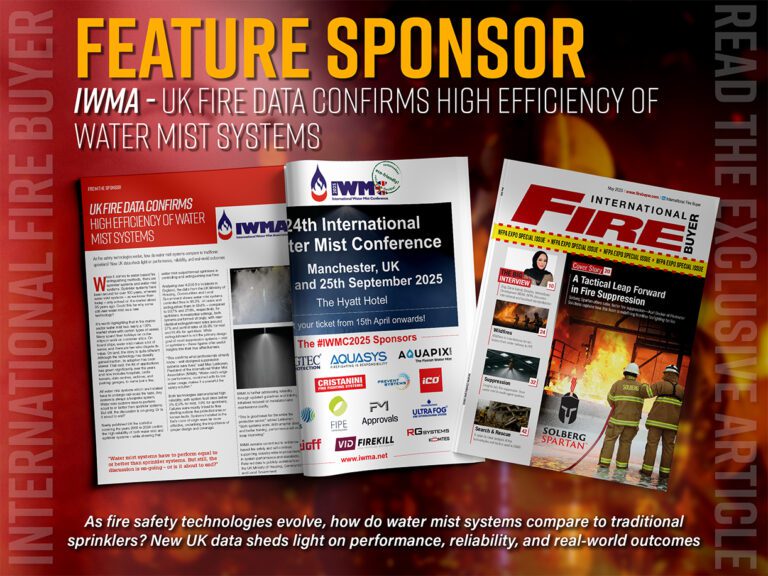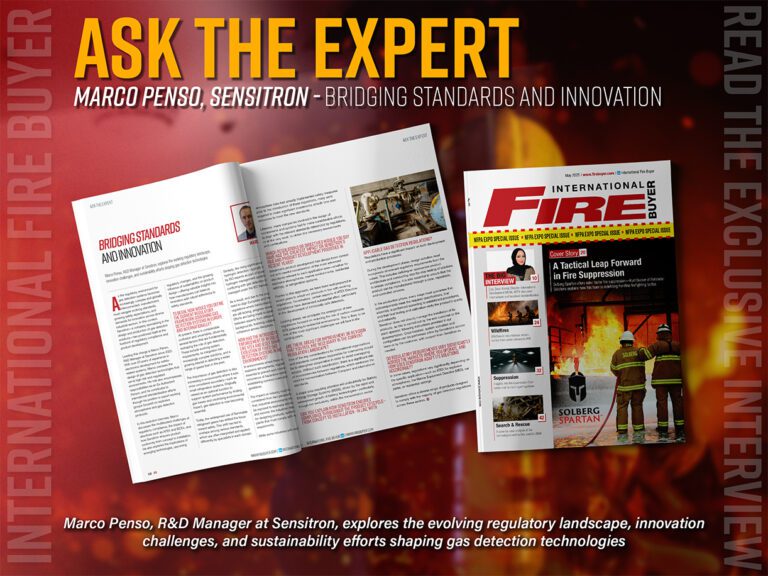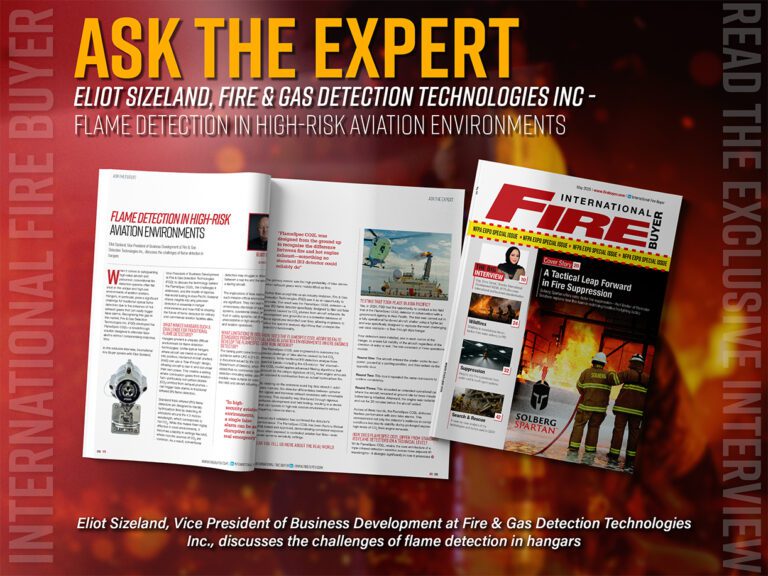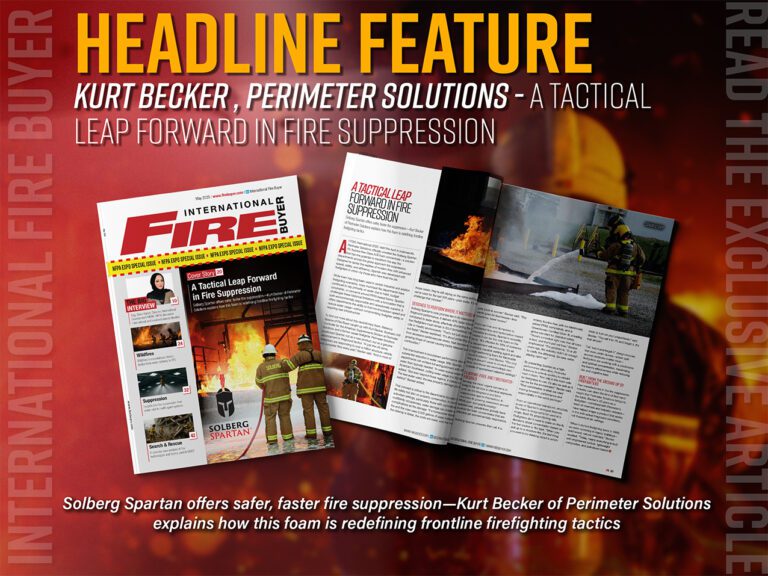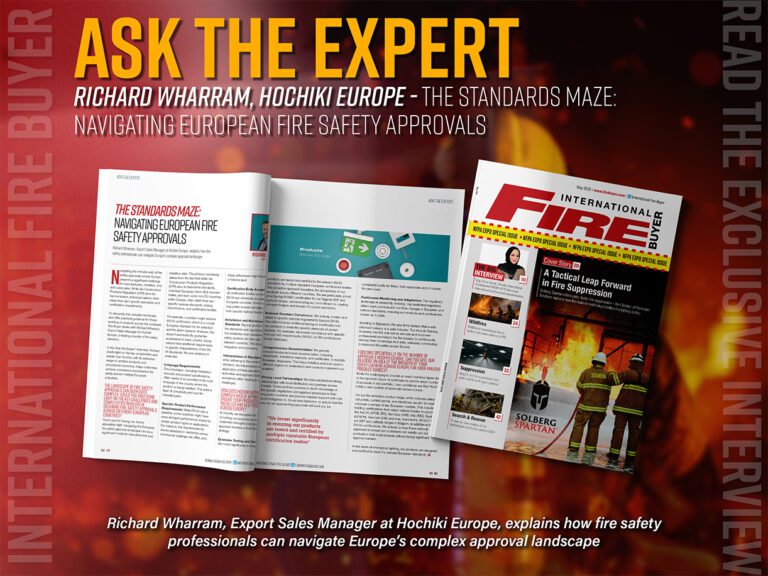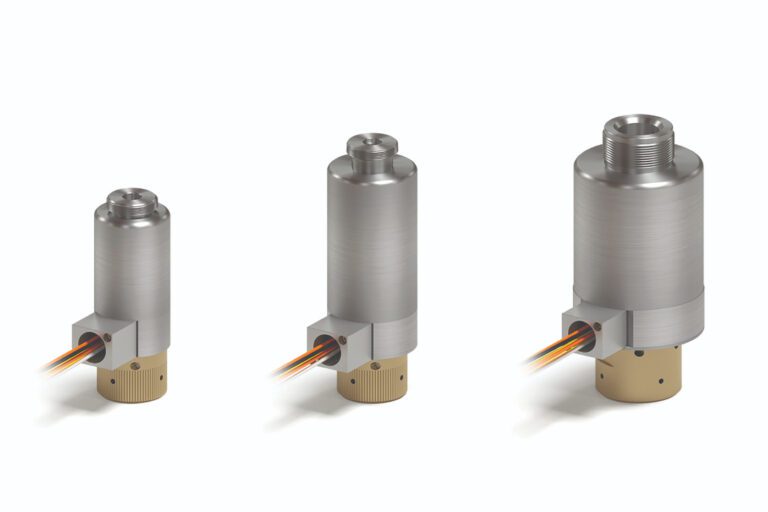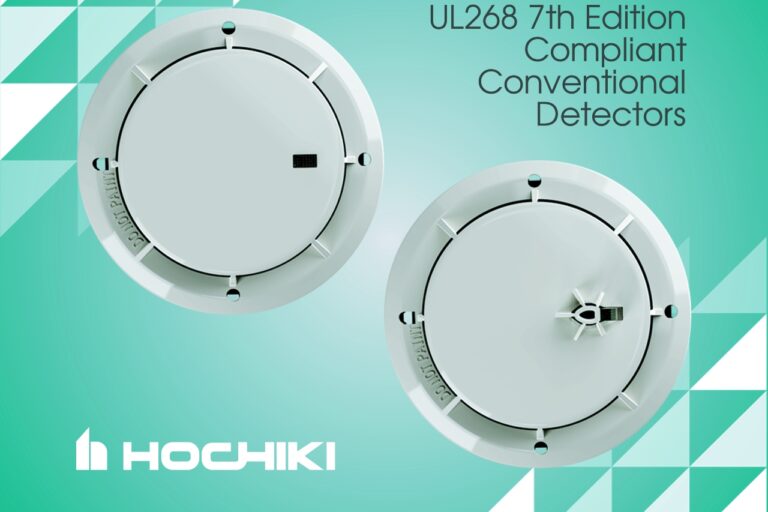Addressing EV fire risks, Gustav Stigsohn of Fogmaker explores water mist technology for effective, environmentally conscious fire suppression solutions in vehicles and machinery
The shift towards electric vehicles (EVs) represents a significant step in the automotive industry’s journey towards sustainability and reduced carbon emissions. Despite the environmental benefits, the adoption of EVs introduces specific safety challenges, particularly concerning fire risks associated with lithium-ion batteries. These batteries, while efficient, are susceptible to thermal runaway, a condition where an increase in temperature can lead to a self-sustaining cycle of heating and potentially result in a fire that can continuously ignite. This risk is exacerbated in scenarios of battery damage or electrical faults, highlighting the importance of specialised fire suppression systems designed for the unique needs of EVs.
Fogmaker International, established in Sweden in 1995, specialises in water mist fire suppression systems. Their product line is engineered to address fire hazards in heavy vehicles and machinery, including the specific challenges posed by EVs. The company’s use of high-pressure water mist is a key feature of their systems, offering an effective method for cooling and suppressing fires in enclosed environments. This technology utilises the thermal capacity of water, dispersing it as fine droplets to rapidly absorb heat and reduce the oxygen levels around the fire, effectively suppressing it in all areas of a vehicle.
The application of Fogmaker’s systems in EVs is particularly relevant given the nature, risk and toxicity of lithium-ion battery fires. Most EV vehicle fires are caused by fire spreading from other areas of a vehicle or machine, so the rapid cooling of the fire to prevent battery fire and thermal runaway is imperative. By focusing on targeted cooling and fire suppression, Fogmaker’s solutions contribute to enhancing the safety profile of electric vehicles. As the automotive industry continues to evolve, with a growing emphasis on electric and alternative fuel vehicles, the role of advanced fire suppression technology like that developed by Fogmaker International becomes increasingly critical in mitigating the inherent risks and ensuring the safe adoption of these technologies.
To find out more about the technology behind Fogmaker’s system, Fire Buyer caught up with Gustav Stigsohn, Product Owner of Fogmaker International.
Can you introduce yourself and give us a brief insight into your technical background as well as the history and heritage of Fogmaker International?
My name is Gustav Stigsohn, and I am a mechanical engineer with about 14 years of experience working at Fogmaker International, where I currently serve as a Product Owner. Previously I have also been involved in testing, product development, and some aspects of quality management. Fogmaker is a Swedish company established in 1995, specialising in manufacturing fire suppression systems primarily for heavy vehicles and machinery. We hold ISO 9001, 14001, and IATF certifications, producing approximately 35,000 units annually. Our customer base ranges from small, single-person companies to large OEMs.
How does Fogmaker’s fire suppression technology work, especially concerning electric vehicles (EVs) and machinery?
Fogmaker utilises a water-based fire suppression agent due to water’s excellent cooling properties. We employ high pressure to break down the water into tiny droplets, enhancing the cooling effect within the compartments. High-pressure water mist has excellent cooling performance and provides oxygen displacement. Fogmaker’s fire suppression system spreads a fine high-pressure water mist over the fire. This efficiently cools the fire while displacing air when it vaporises, so the oxygen volume reduces in the protected area. The extinguishant is water with an performance increasing and antifreeze additive, and a small film-forming chemical that covers the fuel of the fire and prevents reignition.
A crucial part of our process includes conducting a thorough risk assessment, which is particularly important for electric vehicles. While the focus often lands on the battery pack, it’s essential to recognise that other components in an EV may pose equal or higher risks.
Is there a common misconception that electric vehicles are more prone to fires compared to combustion engine vehicles?
Indeed, there is a misconception about EVs being more fire prone. However, statistics indicate EVs are 20 to 80 times less likely to be involved in a fire compared to vehicles with combustion engines. Nonetheless, when fires in electric vehicles do occur, they can be quite intense, which contributes to the public perception of their frequency and severity.
How does the Fogmaker system mitigate the risk of electrocution, another common misconception, when using water fire suppression systems in electric vehicle fires?
The Fogmaker system is designed with safety in mind, primarily installed in areas without human presence, such as engine compartments. Additionally, to be electrocuted, one must be in contact with both the positive and negative terminals, which is unlikely because the high voltage system in electric vehicles is not grounded through the chassis like older systems. There are also numerous safety features in electric vehicles that further reduce the risk of electrocution, making it very difficult even under direct exposure…
To read the rest of the exclusive, see our last issue here.
Never miss a story… Follow us on:
International Fire Buyer
@Firebuyer
Fire Buyer
Media Contact
Rebecca Spayne Managing Editor, International Fire Buyer
Tel: +44 (0) 1622 823 920
Email: [email protected]

